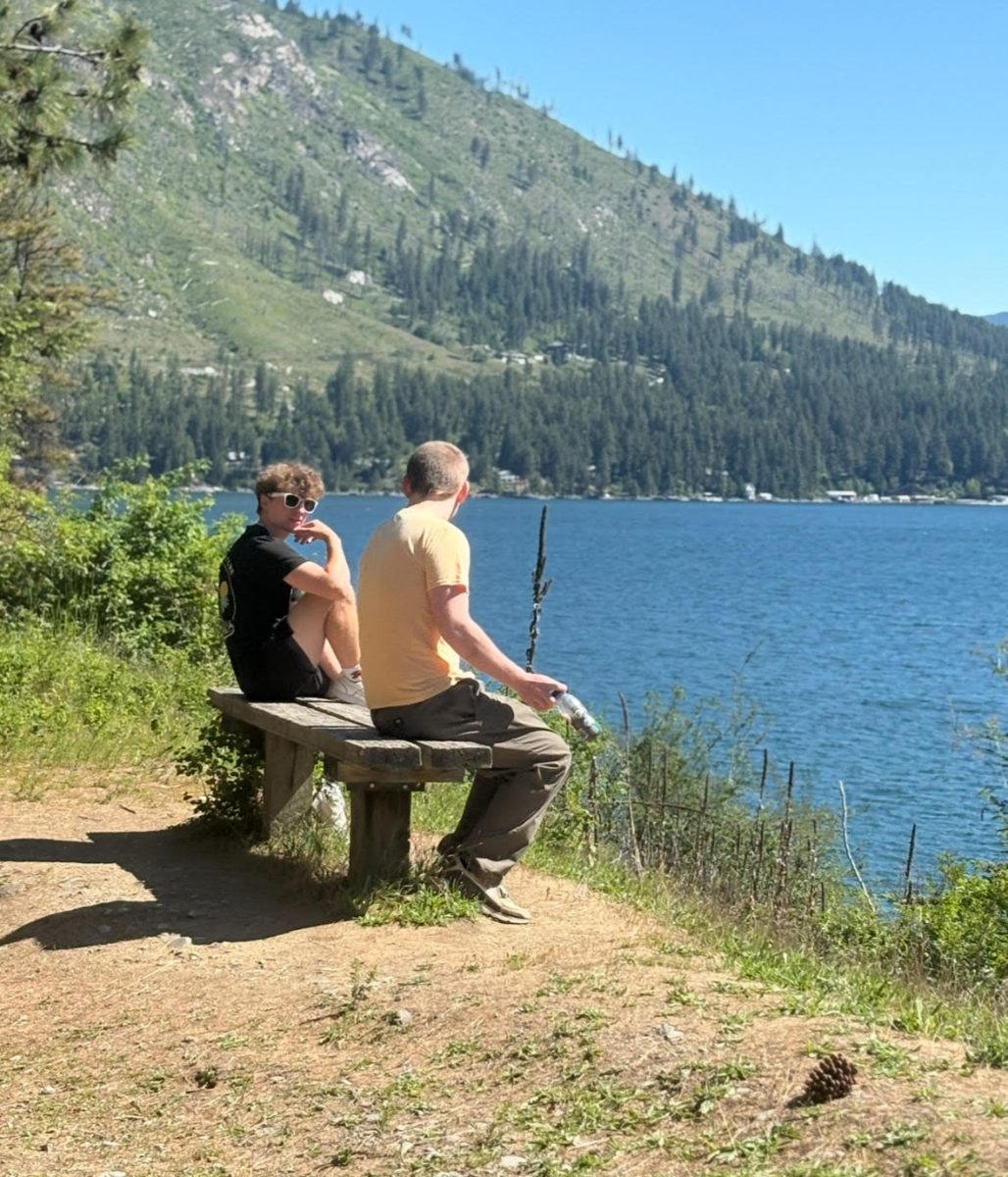For many students at Lakeland High School, a field trip is a foreign concept.
Field trips have not been in students’ school years since elementary school, around five years ago.
The juniors at Lakeland in Colleen Bevacqua’s US history 111-112, however, got to experience another field trip, likely the last of their school careers.
Visiting Farragut State Park in Athol, Idaho, the juniors got to walk through one of North Idaho’s most hidden gems.
Farragut’s deep history involved in WWII remains unknown to many, even to those who live around the area.
A major training center resided right on the grounds of Farragut.
The naval base operated for years to train young boys around 19 years old on average.
While the six training camps that were on the park grounds are now gone, one building still remains, The Brig. Once used as a prison for POWs and for trainees who committed crimes, it operated during World War Two.
This museum has solitary confinement cells that were once used to hold inmates in the 1940s.
This part of Idaho’s history plays a large role in our day-to-day.
Connecting students to the history they are surrounded by gives them a deeper understanding of the nation around them.
“A trip to the Brig Museum provides an unforgettable educational opportunity. It builds historical empathy, deepens understanding of World War II, and instills a sense of place and pride in North Idaho’s contribution to our national story,” Colleen Bevacqua said.
When not treasured, history can be easily forgotten.
Farragut State Park does a fantastic job of preserving artifacts from the Navy Base, including the entire Brig building.
“It brings history to life in a way that textbooks and lecturing simply cannot,” Bevacqua said.
Students are also able to go on a nature hike around Ponderay Lake. This massive lake is the sole reason that the Navy base was built in this specific location.
The deepest part of the lake is 1,150 feet deep. This enables the US Navy to test submarines and other Naval technologies in the lake.
However, because it is covered in thick woods, this part of Idaho’s history remains unknown and unseen by many citizens of Idaho.
“I had no clue that the park used to be a naval base. I wish I could’ve gone on the trip to see it, but I have a different account.” Katy Dewey said.
For the students on the trip, this was one of the most enjoyable parts of the class as it allowed them to get out of the classroom and see firsthand accounts of the war’s history in their own backyard.
“I really enjoyed the field trip, and I think it helped my mind connect what we learn in class to real life. It is also crazy to see the soldiers’ pictures, how they’re all really young and look like people we would go to school with.” Aryah Seres Black-Eagle said.

